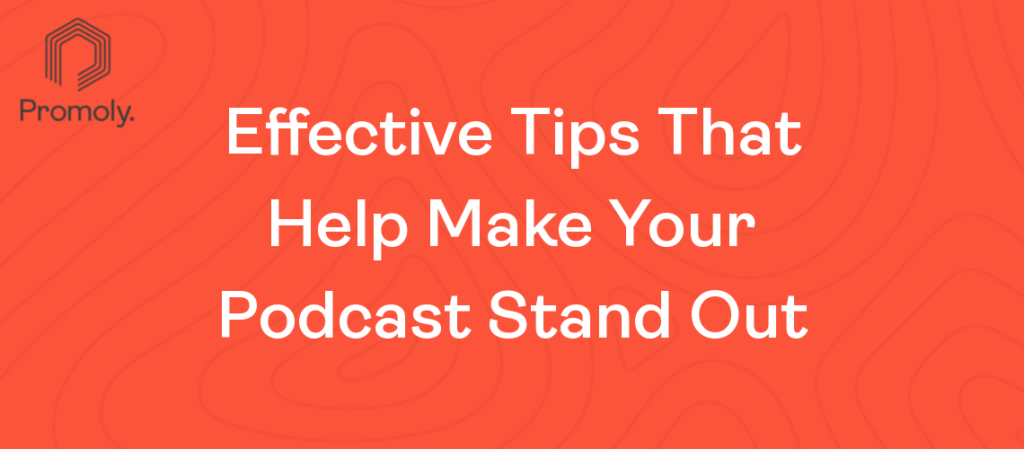In the beginning, podcasts were used mainly by amateur and independent broadcasters who wanted to talk about their niche. For example, if you wanted to talk about a specific topic, you would set up a website and podcast for the discussion. Today, with the rise of digital and the increasing accessibility of the internet, there are thousands of podcasts everywhere. You can even find them on platforms such as Spotify and Audible. Because there is a diverse range of podcast content, many podcasters turn to podcasting in seasons.
Podcasting in seasons works the same way as seasons in a TV show. We listen to a podcast regularly, and then there is a long break before the next one is released. Season podcasting is an excellent way for podcasters to give their listeners some time to digest the podcast’s content without worrying about a regular posting schedule.
This article will walk you through the basics of podcasting in seasons. Read on below to get started.
More about Podcasting in Seasons
Let us make one thing clear: any podcast can adopt the podcasting in seasons approach. A season is an interval where podcast episodes are usually released. The seasons typically last for a long time and are from two to three months. During this time, podcast episodes are not released. Then, after the season has ended, a new season starts.
Season podcasting does not mean that every episode will only be released during a specific season. There are usually a few standalone episodes that are just released randomly. These standalone episodes can be released anytime but don’t necessarily have to be part of a season.
When to Release Episodes
Episode releases don’t vary between podcasting in seasons and podcasting without seasons. But instead, it’s solely based on the availability of its creators. An episode is not released until it is done with its production and editing. However, there are a few differences when podcast seasons are used.
When a season is used, it serves as a marker for listeners. Listeners can expect to see a new episode whenever a season is released. It also allows podcasters to concentrate on writing a new episode instead of the delivery.
When there are no seasons, podcasters can release a new episode anytime they want. This makes it challenging to track when an episode is released. They are also forced to put a strict posting schedule. There is a notable preference change between releasing episodes randomly or in a specific order.
Adopting Podcasting in Seasons
As you can see, podcasting seasons can be great for podcast creators. They can set their schedule, focus on the writing, and listeners can expect to see a new episode every time a season is released. Podcasting seasons can also be a great way to help listeners stay engaged with the podcast. It keeps them going and waiting to see what the next season will be like.
The ideal season length for most podcasts is anywhere from two to three months. However, some podcasts do not follow this rule. Some shows are evergreen and are released on a regular schedule. Some notable episodes are released every once in a few months. Usually, a season of a podcast can be anywhere from two months to six months. It all depends on the show.
Before you create your podcast, plan how many seasons you want to make. Also, decide whether or not you will be introducing any new seasons. If you are, you need to set these seasons ahead of time. Otherwise, it will be challenging to have a season after season podcasting schedule.
Conclusion
The podcasting in seasons approach is a great way to showcase your podcast to the public. It lets listeners know that you are still active and still creating new episodes for them. If you want to keep the hype of your podcast alive, it may just be the solution you need.
Promoly is a digital marketing platform that can help you with your audio marketing strategy. Our mission is to help brands be known through their creative content, and yours could be the next. Contact us today to learn more!






